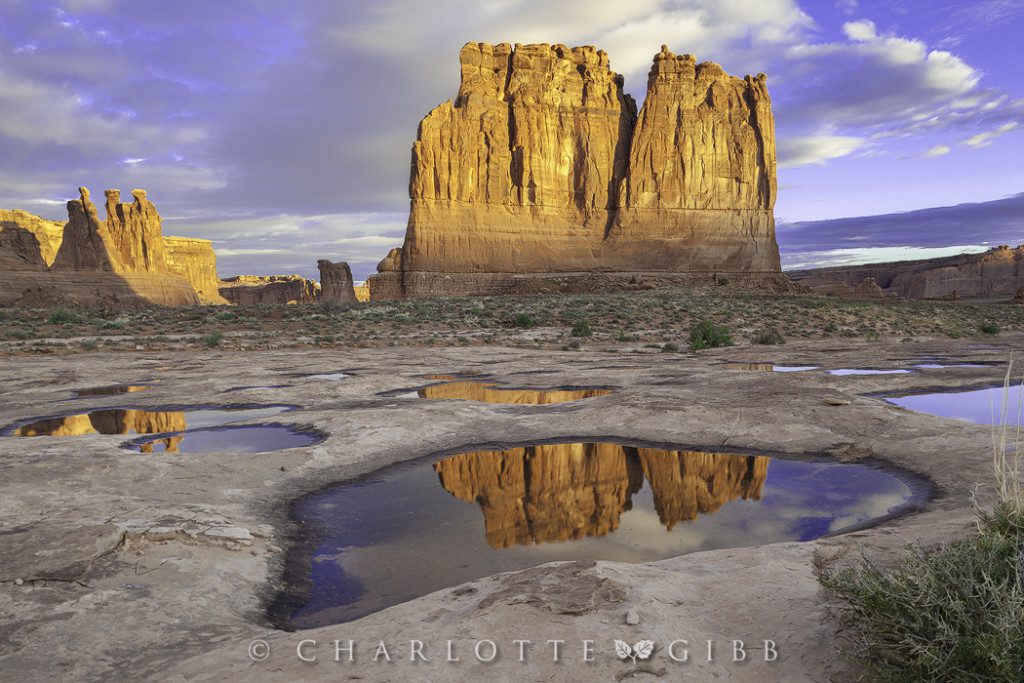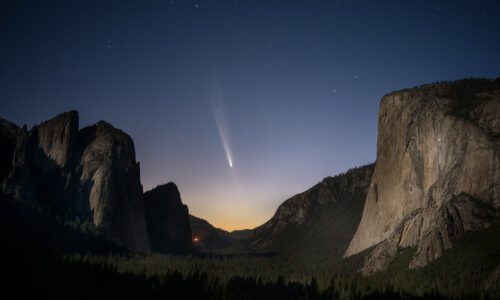
Taking Inventory

This Spring, I made my first trip to the Southwest United States, where I spent a week exploring and photographing in and around some of the most famous landscapes in the country. Having been more accustomed to the landscapes of California, where the trees were the key visual elements, and where moving water is displayed in cool tones, this landscape was the opposite — harsh and bare, with huge contrasts and bright red colors that assaulted my senses. It was vast and grand, with towering monuments, deep canyons and broad vistas that just seemed to go on forever. No forests. No crashing waves. No mist or fog.
So, on my first day there, camera in hand, ready to shoot, I did what I always do when I approach a new scene — I took a visual inventory.
A visual inventory is a checklist of sorts comprised of the elements that I see around me. I ask myself, what is it about this scene that is affecting me emotionally? What makes this place particularly special right now? Is it the way the light is interacting with a specific object? Are there seasonal blossoms or big storm clouds? What are the most important elements in the scene?
For example, I came upon the scene pictured above early one morning in Arches National Park. A storm had just passed through the region the previous day, leaving pools of water dotting the flat terrain. Rain in the desert is a rare occurrence, so when there is water present, it is an obvious element to include in a composition. In this case, the rushing creek had drained away leaving water puddled along the course of a pocked creek bed, each pool making perfect mirrors of the monument on the horizon. As such, my first compositions were very broad, taking in all the elements in my inventory: blue sky, puffy clouds, the lit monument and reflective puddles. It’s a nice photo, but I wasn’t finished.
I quickly realized that what was really captivating me were the pools reflecting the sunlit monument. They were so perfect and still, as if you might fall through to another world if you stepped into one. So, I started experimenting with compositions of just the puddles and the warm reflections, as you can see below.
Eliminating the sky and the monument cleaned up the composition quite a bit, and I was liking this direction, but I still wasn’t happy with the composition. The landscape was dotted with many of these pools, and I wanted to show that in my picture. To me, that was the essence of the scene, and the above image didn’t convey that idea, so I looked around for a more pleasing arrangement of pools.
By the time I found this group of puddles, the light was changing quickly and the shadow had moved down the monument and towards me. I knew that I didn’t have much time before the whole scene would change and the visual effect would be lost. Also, clouds were obstructing the sun, so the monument wasn’t lit up anymore. Still, I composed the shot I wanted and then waited for the clouds to part, hoping that the sun/shadow line hadn’t crept too far into my composition. The sun finally came out, and I was able to make this composition, which is “focus stacked” — a series of 7 exposures that were taken at different focus distances, then combined in Photoshop, ensuring that the image is tack-sharp from front to back.
When shooting in familiar places, you might intuitively know what to do with the scene, or perhaps the composition is obvious to you. But try not to stop there. Ask yourself what is it about the scene that really captivates you. Take a visual inventory before you start composing and decide which elements are the most important to you. The process forces you to slow down and take in the beauty around you before you dive headlong into the technical steps involved in making a photograph.
In going through this process, you can begin to get to the essence of your composition before you even pick up your camera. After all, only a small portion of the process of photography is actually about the camera. The most important equipment you posses are your two eyes and your ability to form an emotional response to what they are seeing. Only then, can you begin to make a meaningful photograph.
Help me grow my audience! If you like this article, I welcome you to share it or subscribe to this blog in the Subscribe window in the upper left of this page.
charlottegibb
Charlotte Gibb is a contemporary fine art photographer based in the San Francisco Bay Area specializing in landscapes of the Western United States. Her images are often taken in familiar places for the well-versed landscape photographer, but she prides herself on her keen eye toward the subtle and sometimes overlooked beauty of the natural world. Growing up among the beautiful mountains of Northern California, she considers herself a student of life, learning about people, nature, music, and photography along the way. But always, her life-long passion for the wilderness shines through it all. Charlotte earned her Bachelor of Arts degree from the Academy of Art University in San Francisco and has exhibited her work in several solo shows throughout California. Her darkroom, long gone now, has been replaced with digital darkroom tools, and her style has evolved from a somewhat journalistic approach, to one that pays tribute to the natural world.






8 Comments
Ace Batacan
Great post Charlotte. I love the photos. Thank you for the Visual Inventory explanation. Your explanation was very thorough. Reading the post made it feel like I was in a photography class so I appreciate it. I just got a new camera so I will practice what you suggested :))
charlottegibb
Thank, Ace! I’m glad you found my post informative! I’d love to see what you are working on, so feel free to send me your images if you would like a critique or just some encouragement!
Chuck Zabilski
Charlotte, your blog is very interesting and informative. I look forward to meeting up next year at the Moab Photo Symposium.
charlottegibb
Thanks, Chuck! I’m sorry we missed one another in Moab this year, but I look forward to seeing you there next Spring!
Ace Batacan
Great post Charlotte. I love the photos. Thank you for the Visual Inventory explanation. Your explanation was very thorough. Reading the post made it feel like I was in a photography class so I appreciate it. I just got a new camera so I will practice what you suggested :))
charlottegibb
Thank, Ace! I’m glad you found my post informative! I’d love to see what you are working on, so feel free to send me your images if you would like a critique or just some encouragement!
Chuck Zabilski
Charlotte, your blog is very interesting and informative. I look forward to meeting up next year at the Moab Photo Symposium.
charlottegibb
Thanks, Chuck! I’m sorry we missed one another in Moab this year, but I look forward to seeing you there next Spring!